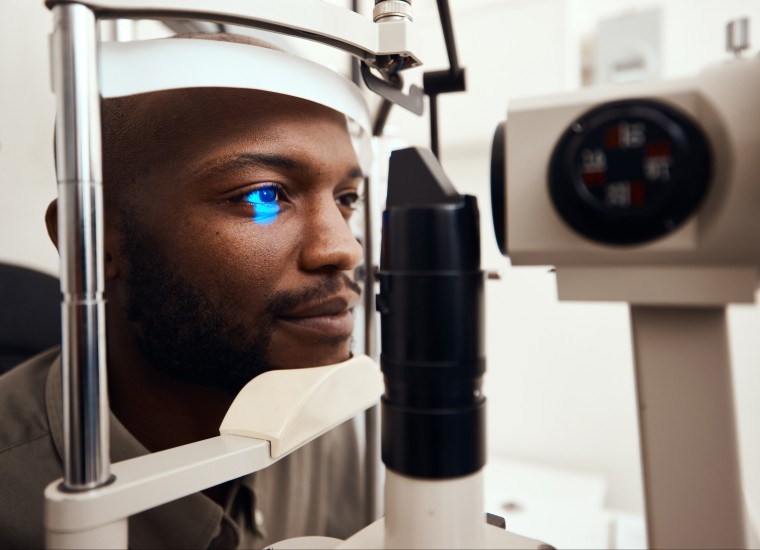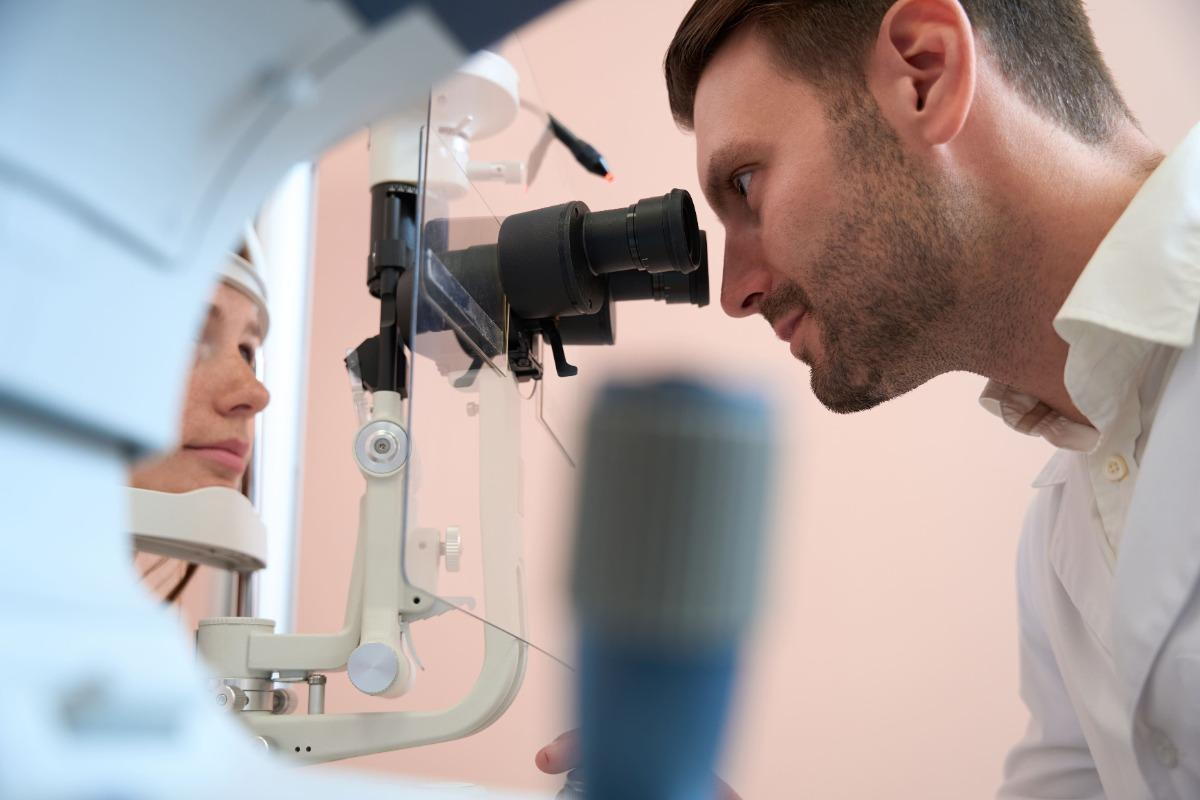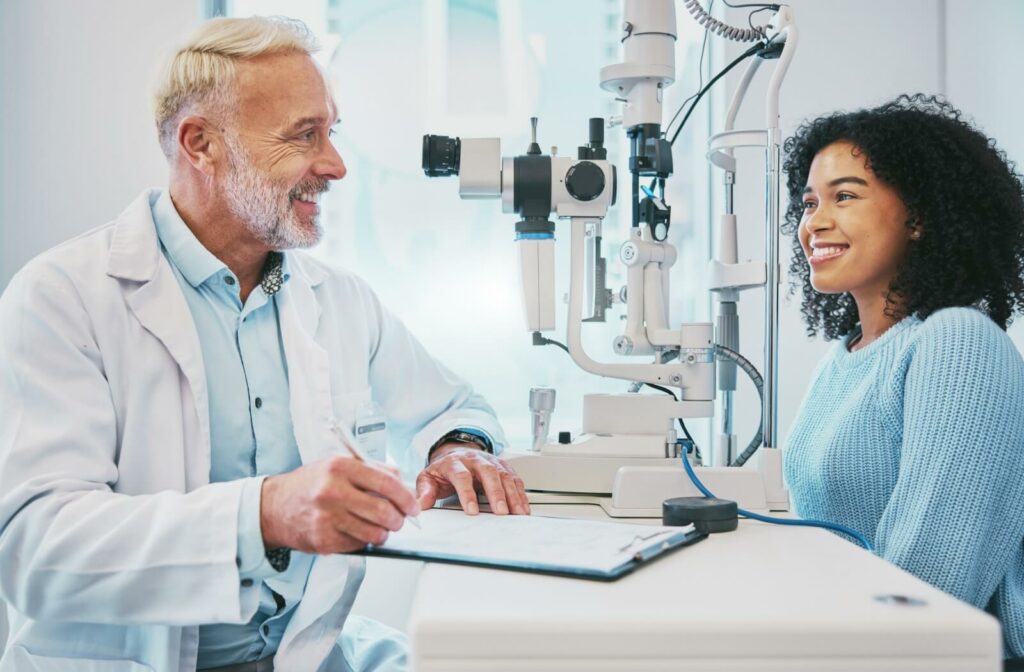All Categories
Featured
Reduced vision, a problem where typical glasses, call lenses, or surgical procedure can not completely recover sight, can make day-to-day tasks challenging. Low vision rehabilitation uses a range of sources to aid people maintain their freedom and high quality of life. This post checks out the alternatives readily available for those looking for assistance in managing their aesthetic problems.
What Is Reduced Vision Recovery?
Low vision rehabilitation is an organized strategy to aid individuals maximize their remaining vision and adapt to brand-new methods of carrying out everyday jobs. Professionals function with clients to establish personalized methods, incorporating tools, strategies, and training programs that suit their special requirements.
![]()
Trick Options for Reduced Vision Rehabilitation
Vision Enhancing Gadget
Optical Aids: Gadget like magnifiers, telescopic glasses, and unique reading lenses can enhance quality for analysis, writing, and various other close-up tasks.
Electronic Visual Help: Tools such as electronic magnifiers and mobile video clip magnifiers supply flexible zoom capabilities for various jobs.
Wearable Technology: Smart glasses geared up with electronic cameras and voice responses offer cutting-edge services for improving vision.
![]()
Assistive Modern Technology
Screen visitors, text-to-speech applications, and devices with voice commands make innovation available for individuals with reduced vision.
Smart device applications, such as navigation help and item acknowledgment devices, aid individuals interact with their environments extra efficiently.
Educating and Therapy
Orientation and Movement Training: Specialists teach abilities for browsing rooms securely, consisting of making use of white walking canes or guide pet dogs.
Daily Living Skills Educating: Recovery programs provide approaches for cooking, cleaning, and individual treatment, ensuring that individuals can carry out essential tasks independently.
Aesthetic Skills Training: Workouts created to optimize the usage of continuing to be peripheral vision can boost aesthetic capability.
Environmental Adaptations
Modifications to living or work areas can considerably boost availability. Examples include:
Mounting brighter lights.
Adding high-contrast markings to devices.
Preparing furniture to develop clear paths.
Support Networks
Psychological and psychological assistance is an essential part of rehabilitation. Assistance groups, treatment sessions, and therapy services can help people cope with the obstacles of vision loss.
![]()
Peer networks attach people with similar experiences, fostering a feeling of community and shared knowing.
Just How to Access Reduced Vision Recovery Solutions
Low vision rehab solutions are typically offered by:
Reduced Vision Clinics: Operated by ophthalmologists and eye doctors specializing in vision impairments.
Occupational Specialists: Professionals in adapting settings and jobs to fit specific demands.
Not-for-profit Organizations: Groups such as the American Structure for the Blind (AFB) or neighborhood loss of sight support organizations offer useful resources and recommendations.
Verdict
Coping with low vision can really feel frustrating, but with the best support and devices, people can remain to lead meeting lives. Low vision rehab supplies a variety of resources customized to enhance performance, boost self-confidence, and improve lifestyle. If you or an enjoyed one is facing the difficulties of reduced vision, consider connecting to a professional or recovery facility to explore the many choices available. With each other, these options make certain that vision loss does not define or limit one's potential.
What Is Reduced Vision Recovery?
Low vision rehabilitation is an organized strategy to aid individuals maximize their remaining vision and adapt to brand-new methods of carrying out everyday jobs. Professionals function with clients to establish personalized methods, incorporating tools, strategies, and training programs that suit their special requirements.

Trick Options for Reduced Vision Rehabilitation
Vision Enhancing Gadget
Optical Aids: Gadget like magnifiers, telescopic glasses, and unique reading lenses can enhance quality for analysis, writing, and various other close-up tasks.
Electronic Visual Help: Tools such as electronic magnifiers and mobile video clip magnifiers supply flexible zoom capabilities for various jobs.
Wearable Technology: Smart glasses geared up with electronic cameras and voice responses offer cutting-edge services for improving vision.

Assistive Modern Technology
Screen visitors, text-to-speech applications, and devices with voice commands make innovation available for individuals with reduced vision.
Smart device applications, such as navigation help and item acknowledgment devices, aid individuals interact with their environments extra efficiently.
Educating and Therapy
Orientation and Movement Training: Specialists teach abilities for browsing rooms securely, consisting of making use of white walking canes or guide pet dogs.
Daily Living Skills Educating: Recovery programs provide approaches for cooking, cleaning, and individual treatment, ensuring that individuals can carry out essential tasks independently.
Aesthetic Skills Training: Workouts created to optimize the usage of continuing to be peripheral vision can boost aesthetic capability.
Environmental Adaptations
Modifications to living or work areas can considerably boost availability. Examples include:
Mounting brighter lights.
Adding high-contrast markings to devices.
Preparing furniture to develop clear paths.
Support Networks
Psychological and psychological assistance is an essential part of rehabilitation. Assistance groups, treatment sessions, and therapy services can help people cope with the obstacles of vision loss.

Peer networks attach people with similar experiences, fostering a feeling of community and shared knowing.
Just How to Access Reduced Vision Recovery Solutions
Low vision rehab solutions are typically offered by:
Reduced Vision Clinics: Operated by ophthalmologists and eye doctors specializing in vision impairments.
Occupational Specialists: Professionals in adapting settings and jobs to fit specific demands.
Not-for-profit Organizations: Groups such as the American Structure for the Blind (AFB) or neighborhood loss of sight support organizations offer useful resources and recommendations.
Verdict
Coping with low vision can really feel frustrating, but with the best support and devices, people can remain to lead meeting lives. Low vision rehab supplies a variety of resources customized to enhance performance, boost self-confidence, and improve lifestyle. If you or an enjoyed one is facing the difficulties of reduced vision, consider connecting to a professional or recovery facility to explore the many choices available. With each other, these options make certain that vision loss does not define or limit one's potential.
Latest Posts
Discover Reduce Expenses on Car Maintenance with Montclare Auto Repair’s Limited-Time Deals
Published May 30, 25
1 min read
Explore Auto Services & More: Complete Auto Care Solutions from Montclare Auto Repair
Published May 27, 25
1 min read
Check Out Exceptional Auto Repair Care from Montclare Auto Repair – Quality Service Today
Published May 26, 25
1 min read
More
Latest Posts
Discover Reduce Expenses on Car Maintenance with Montclare Auto Repair’s Limited-Time Deals
Published May 30, 25
1 min read
Explore Auto Services & More: Complete Auto Care Solutions from Montclare Auto Repair
Published May 27, 25
1 min read
Check Out Exceptional Auto Repair Care from Montclare Auto Repair – Quality Service Today
Published May 26, 25
1 min read